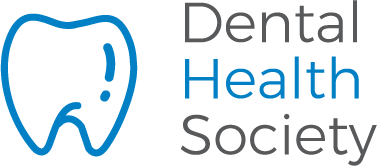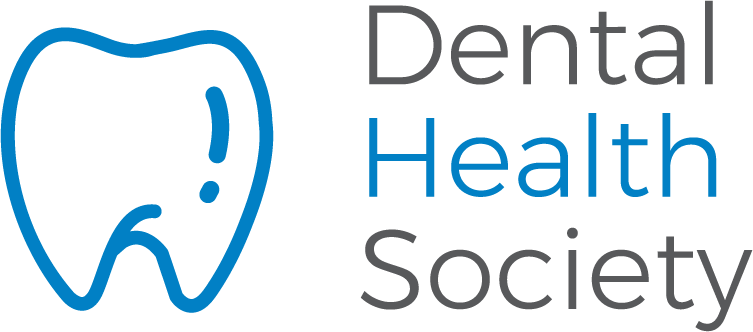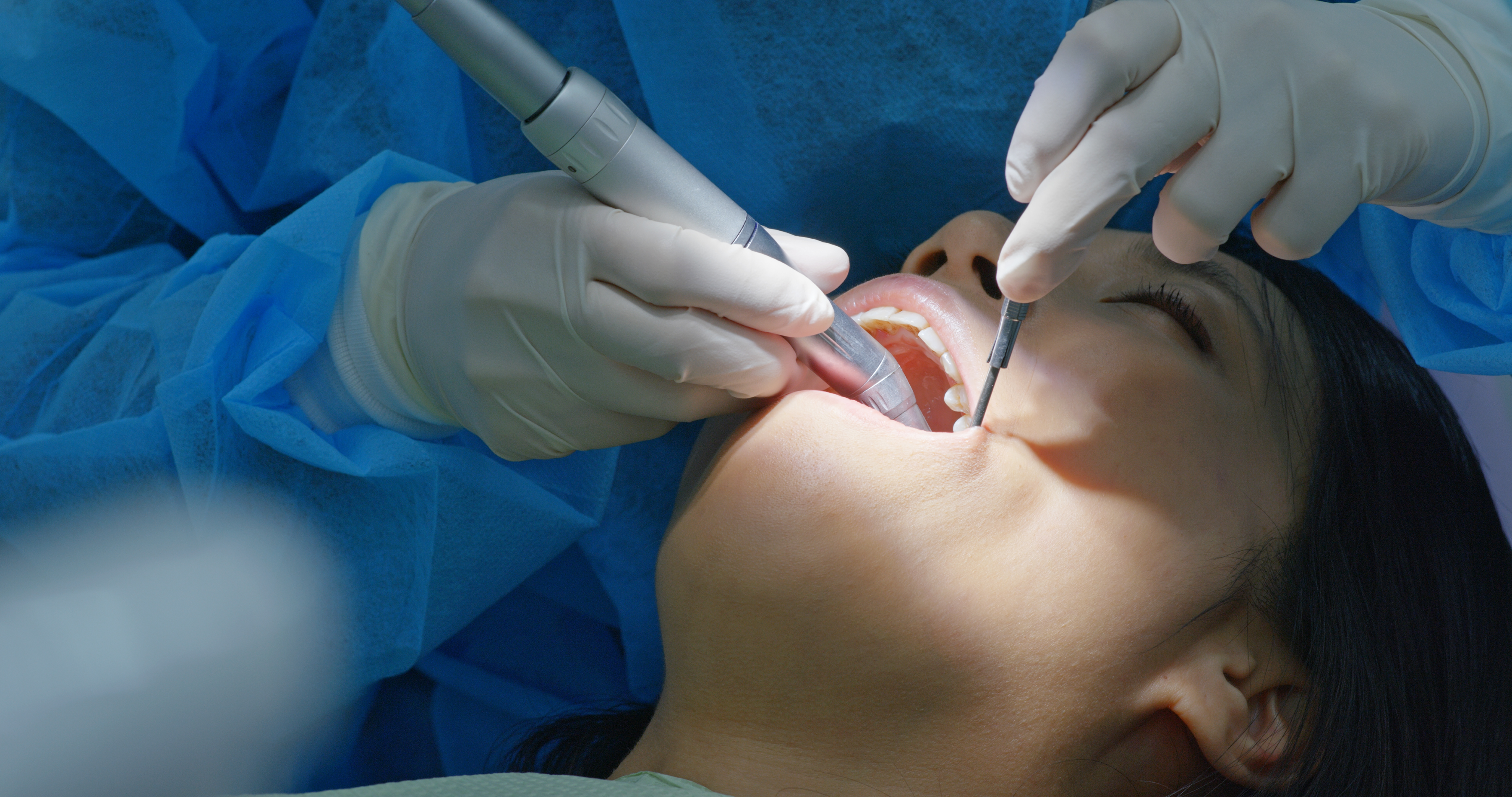Some people might associate sedation with major surgeries, but it is quite commonly used in dental settings as well. Whether or not sedatives are used is highly dependent on patient comfort levels and the type of procedure. Sedation is often used with invasive or painful dental procedures, but can also be used to ease various dental anxieties or even reduce movement in a patient so that the dentist can work effectively.
What Kinds of Sedation are Used at the Dentist?
Dental procedures generally don’t require the use of full anesthesia. Sedation at the dentist is usually mild or moderate, where the patient is able to feel more relaxed while still being awake. In more moderate sedation, the patient may not remember the procedure very well and speech might be slurred.
There are a few different methods to administer sedatives during a dental procedure.
- Nitrous Oxide (Laughing gas): This is a mild inhaled sedative administered through a mask placed over the nose. It makes the patient feel relaxed and generally happy, which makes it good for relieving dental anxiety. The effects of nitrous oxide wear off quickly.
- Pills: Sedatives in pill form can be prescribed by dentists to be taken before a dental appointment. They induce a state of relaxation and drowsiness, making them a more moderate form of sedative. Patients remain conscious, but may not remember the whole experience. Patients are advised not to drive after the procedure since the effects can linger for a few hours.
- IV Sedation: Intravenous (IV) sedatives are administered directly into the bloodstream through a vein. This type of sedation induces a deeper state of relaxation than the pill form, so patients will likely not have a clear memory of the procedure, and should not drive afterward. IV sedation is often used for more invasive or painful dental procedures.
These sedatives are the current norm in modern dental offices, but the near future might bring more technologically advanced options to ease dental anxiety. Some dentists are now offering options like virtual reality (VR) to immerse patients in a calming virtual environment during dental procedures.
Another up-and-coming tool to reduce anxiety is Cranial Electrotherapy Stimulation (CES), which is done with a small, handheld device used to deliver low-level electrical currents to the brain. These electrical currents reduce anxiety through the brain’s electrical activity.
Dental Procedures in Which Sedation is Needed
With the use of local anesthetics (numbing in the mouth), sedation is not needed for most dental procedures. However, this will depend on the needs of the patient. It is common to use sedation in more invasive procedures, such as:
- Tooth extractions
- Dental Implants
- Bone or tissue grafts
While these are the most common procedures that require sedation dentistry, it should be noted that those with extreme anxiety can opt for light sedation in any procedure that makes them uncomfortable. This might include more common procedures, like dental fillings, crowns, root canals, or even dental cleanings.
Who Needs Sedation at the Dentist?
Sedation at the dentist is never strictly required, but it can allow for a much more comfortable experience for certain patients. A dentist might recommend sedation for certain groups in order to achieve proper dental care. For example, adults or children with dental anxiety or a phobia of dentists (dentophobia). One survey found that of the dental patients categorized as having a high fear, 49.2% had avoided a dental appointment at some point because of fear or anxiety. This kind of avoidance can lead to poor dental health and more problems down the road. The solution is often to administer sedatives for relaxation.
Other patients who might need sedation include:
- Hyperactive children that have a hard time sitting still for dental cleanings, exams, or procedures.
- Adults or children with autism who may be difficult to work with because they are distracted or bothered by the bright lights and loud sounds.
- People with a strong gag reflex.
- People with a low threshold for pain who wince or move at even slight pain.
How much or how often sedation is needed will vary depending on the individual. Some may not need sedation for cleanings or exams, but might want to be sedated for anything more involved than that. Typically, only light sedation is needed for dental anxiety or hyperactivity. These conditions should be discussed with the dental staff before a dental appointment.
Find a Dentist That Does Sedation Dentistry
Poor oral health can lead to problems that are even scarier than going to the dentist. So, it is imperative to get regular dental cleanings and take care of cavities and other problems before they get worse. If dental anxiety or other obstacles have been getting in the way of good oral health, it’s important to see a dentist who can help patients relax during treatment. To find a dentist near you who understands the need for sedation dentistry, click here.


